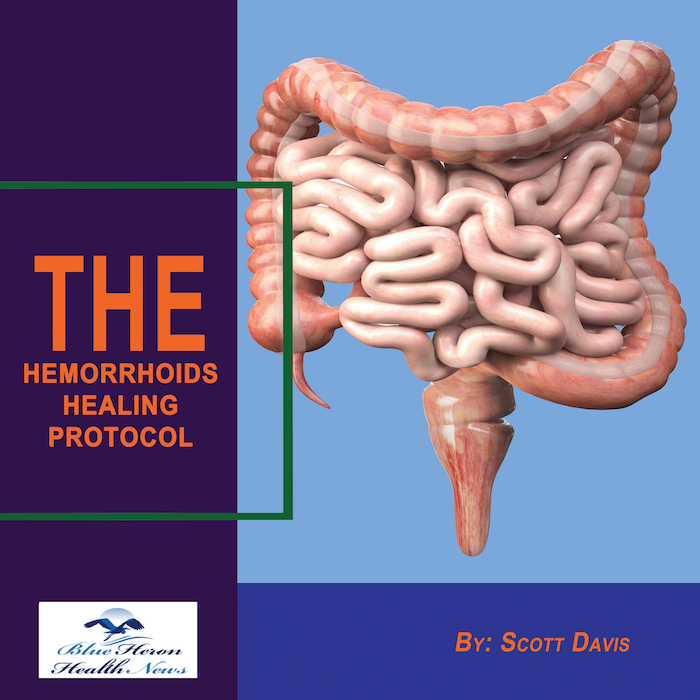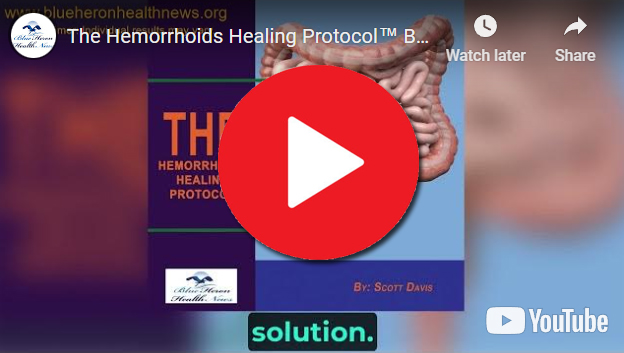
The Hemorrhoids Healing Protocol™ By Scott Davis Hemorrhoid healing protocol is a three-week online program that helps in treating and reducing hemorrhoids. It teaches gentle recipes and movements, natural and effective remedies that help in treating hemorrhoids.This program is not like the usual prescription medicines, it is a hell of a lot more than just those drugs. It focuses more on elevating the two main not so good habits that are connected to the Hemorrhoids. Overall the sole motive of this program is to remove the problem from its root instead of just treating the symptoms.
What is the difference between internal and external hemorrhoids?
Differences Between Internal and External Hemorrhoids
Hemorrhoids, commonly referred to as piles, are swollen and inflamed veins in the lower rectum and anus. They are classified into internal and external types based on their location and characteristics. Understanding the differences between these two types is essential for accurate diagnosis and appropriate treatment. Here’s a detailed comparison of internal and external hemorrhoids:
Location
Internal Hemorrhoids:
- Location:
- Internal hemorrhoids are located inside the rectum, above the pectinate (dentate) line, which is an anatomical boundary that separates the upper two-thirds and lower third of the anal canal.
- Visibility:
- They are not visible externally unless they prolapse (protrude) through the anus.
External Hemorrhoids:
- Location:
- External hemorrhoids develop under the skin around the anus, below the pectinate line.
- Visibility:
- They are visible externally and can be felt as lumps around the anus.
Symptoms
Internal Hemorrhoids:
- Painless Bleeding:
- Internal hemorrhoids often cause painless bleeding during bowel movements. Bright red blood may be seen on the toilet paper, in the toilet bowl, or on the stool.
- Prolapse:
- Larger internal hemorrhoids can prolapse through the anus, leading to discomfort and irritation. Prolapsed hemorrhoids may cause pain and mucous discharge.
- Mild Discomfort:
- They usually do not cause significant pain unless they are prolapsed and become strangulated (cut off from their blood supply) or thrombosed (form a blood clot).
External Hemorrhoids:
- Pain and Discomfort:
- External hemorrhoids can cause significant pain and discomfort, especially when sitting or during bowel movements.
- Itching and Irritation:
- The skin around the anus can become irritated and itchy due to external hemorrhoids.
- Swelling and Lumps:
- Swelling or lumps can be felt around the anus, which may be tender or painful to the touch.
- Bleeding:
- External hemorrhoids can also bleed, particularly if irritated by wiping or straining.
Complications
Internal Hemorrhoids:
- Prolapse:
- Internal hemorrhoids can prolapse and protrude through the anus, causing discomfort and the need for manual reduction.
- Strangulation:
- If a prolapsed internal hemorrhoid becomes strangulated, it can lead to severe pain and requires urgent medical attention.
- Thrombosis:
- Although less common than with external hemorrhoids, internal hemorrhoids can become thrombosed, leading to pain and swelling.
External Hemorrhoids:
- Thrombosis:
- External hemorrhoids are more prone to thrombosis, where a blood clot forms inside the hemorrhoid. Thrombosed external hemorrhoids are extremely painful and may appear as a hard, bluish lump.
- Skin Tags:
- After a thrombosed external hemorrhoid resolves, it may leave a skin tag, which can cause hygiene issues and irritation.
Treatment
Internal Hemorrhoids:
- Diet and Lifestyle Changes:
- Increasing fiber intake, staying hydrated, and avoiding straining during bowel movements can help manage internal hemorrhoids.
- Topical Treatments:
- Over-the-counter creams and suppositories can reduce inflammation and provide relief.
- Minimally Invasive Procedures:
- Rubber band ligation, sclerotherapy, and infrared coagulation are common treatments for internal hemorrhoids that do not respond to conservative measures.
- Surgery:
- In severe cases, surgical options such as hemorrhoidectomy or stapled hemorrhoidopexy may be necessary.
External Hemorrhoids:
- Home Remedies:
- Warm sitz baths, cold compresses, and over-the-counter pain relievers can alleviate symptoms.
- Topical Treatments:
- Creams and ointments containing hydrocortisone or witch hazel can reduce inflammation and itching.
- Surgical Intervention:
- For thrombosed external hemorrhoids, a procedure to remove the clot (thrombectomy) may be required. Persistent or severe external hemorrhoids may necessitate a hemorrhoidectomy.
Diagnosis
Internal Hemorrhoids:
- Digital Rectal Examination:
- A healthcare provider may perform a digital rectal exam to feel for internal hemorrhoids.
- Anoscopy:
- An anoscope, a small, tubular instrument, can be used to view the inside of the anus and rectum.
- Proctoscopy:
- A proctoscope can provide a more detailed examination of the rectum and lower part of the colon.
External Hemorrhoids:
- Physical Examination:
- A visual inspection of the anus is usually sufficient to diagnose external hemorrhoids.
- Symptom Assessment:
- Evaluation of symptoms such as pain, swelling, and bleeding helps in the diagnosis.
Summary of Differences
| Aspect | Internal Hemorrhoids | External Hemorrhoids |
|---|---|---|
| Location | Inside the rectum, above the pectinate line | Under the skin around the anus, below the pectinate line |
| Visibility | Not visible unless prolapsed | Visible externally |
| Symptoms | Painless bleeding, prolapse, mild discomfort | Pain, discomfort, itching, swelling, bleeding |
| Complications | Prolapse, strangulation, thrombosis | Thrombosis, skin tags |
| Treatment | Diet, lifestyle changes, topical treatments, minimally invasive procedures, surgery | Home remedies, topical treatments, surgical intervention |
| Diagnosis | Digital rectal exam, anoscopy, proctoscopy | Physical examination, symptom assessment |
Conclusion
Internal and external hemorrhoids differ primarily in their location, symptoms, and treatment approaches. Internal hemorrhoids are located inside the rectum and are often painless unless prolapsed, while external hemorrhoids are located under the skin around the anus and are typically more painful. Both types can cause significant discomfort and complications if not managed properly. Accurate diagnosis and appropriate treatment, tailored to the type and severity of hemorrhoids, are essential for effective management and relief of symptoms. Regular follow-ups with healthcare providers can help monitor the condition and adjust treatment as needed.
The Hemorrhoids Healing Protocol™ By Scott Davis Hemorrhoid healing protocol is a three-week online program that helps in treating and reducing hemorrhoids. It teaches gentle recipes and movements, natural and effective remedies that help in treating hemorrhoids.This program is not like the usual prescription medicines, it is a hell of a lot more than just those drugs. It focuses more on elevating the two main not so good habits that are connected to the Hemorrhoids. Overall the sole motive of this program is to remove the problem from its root instead of just treating the symptoms.
